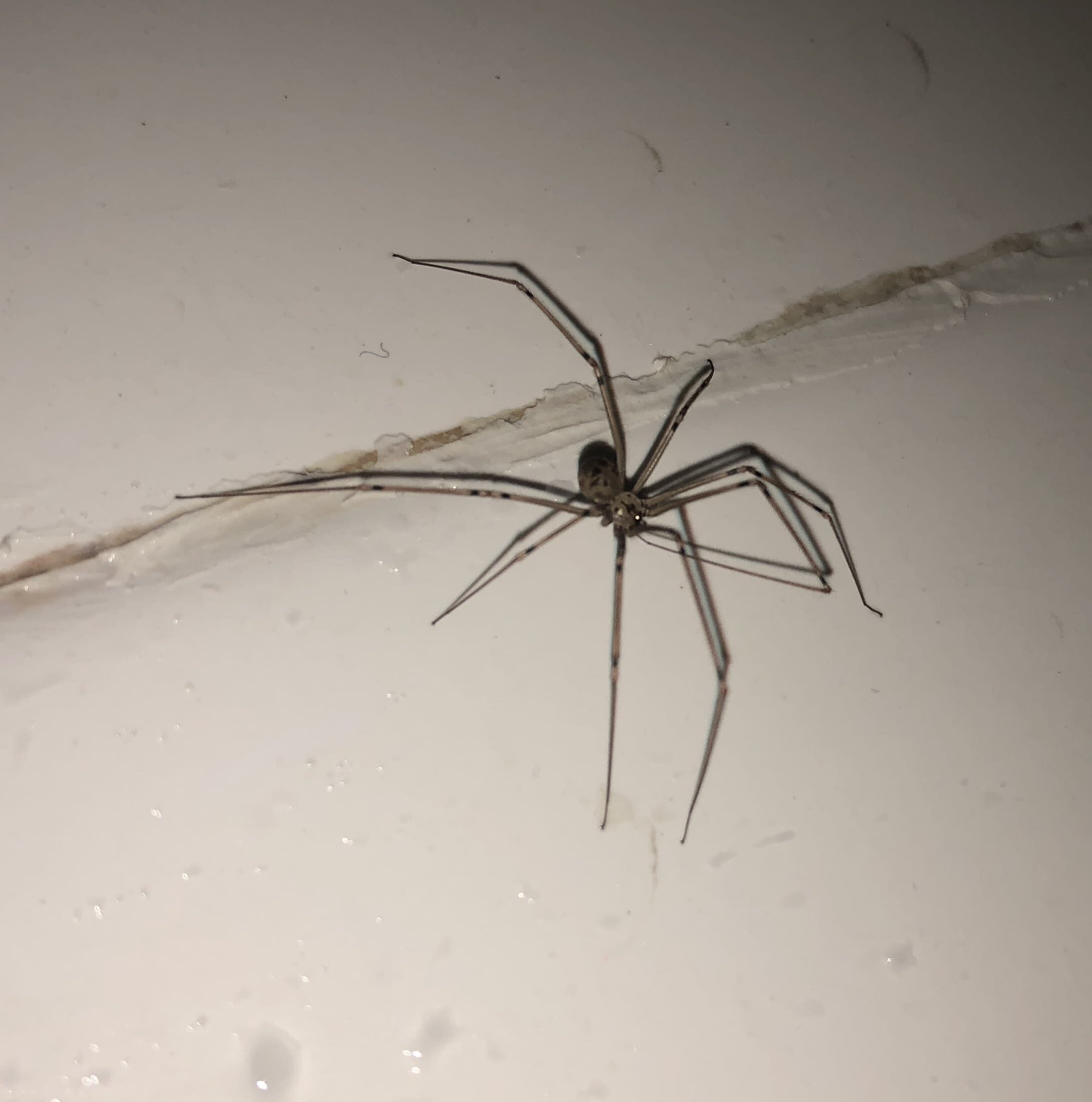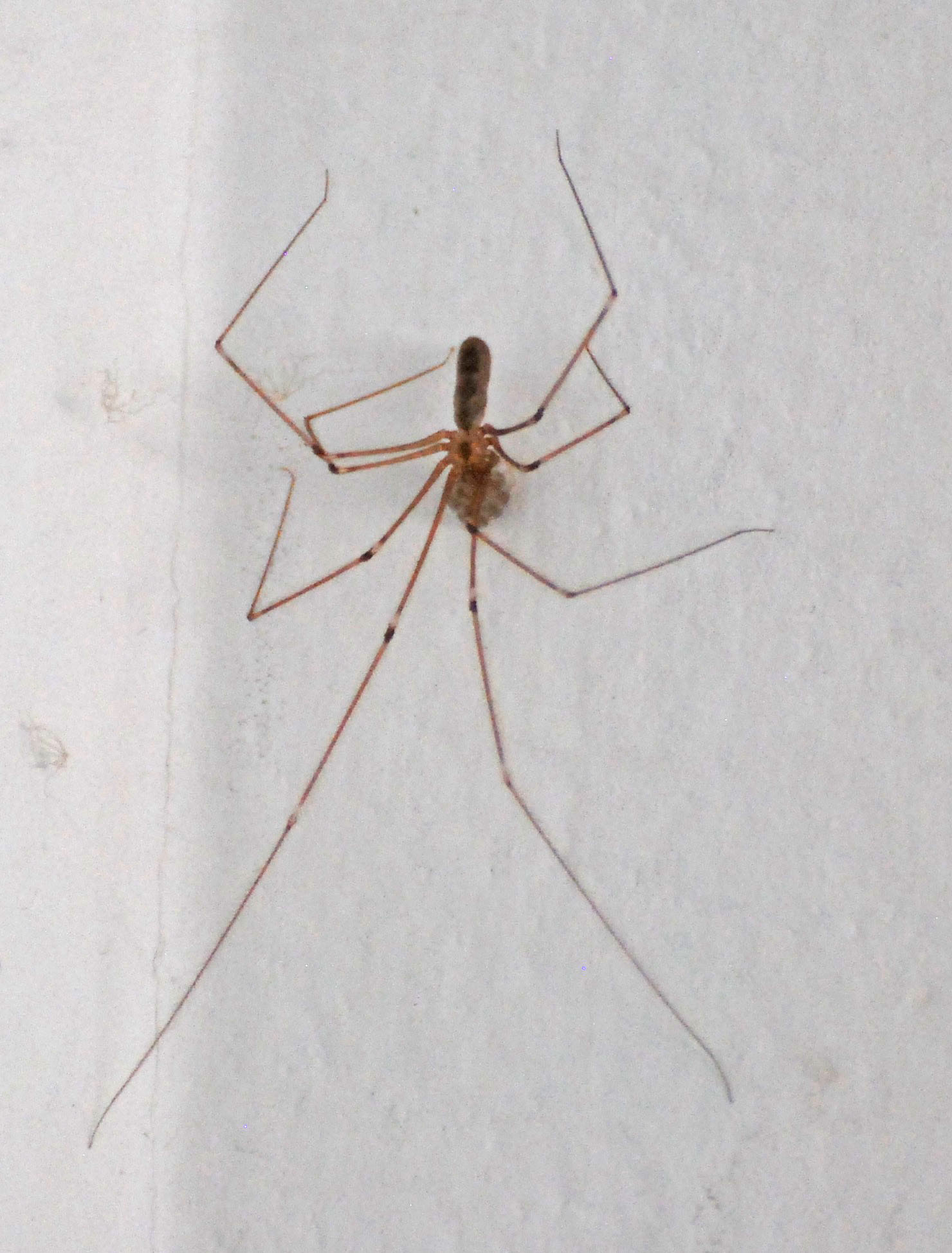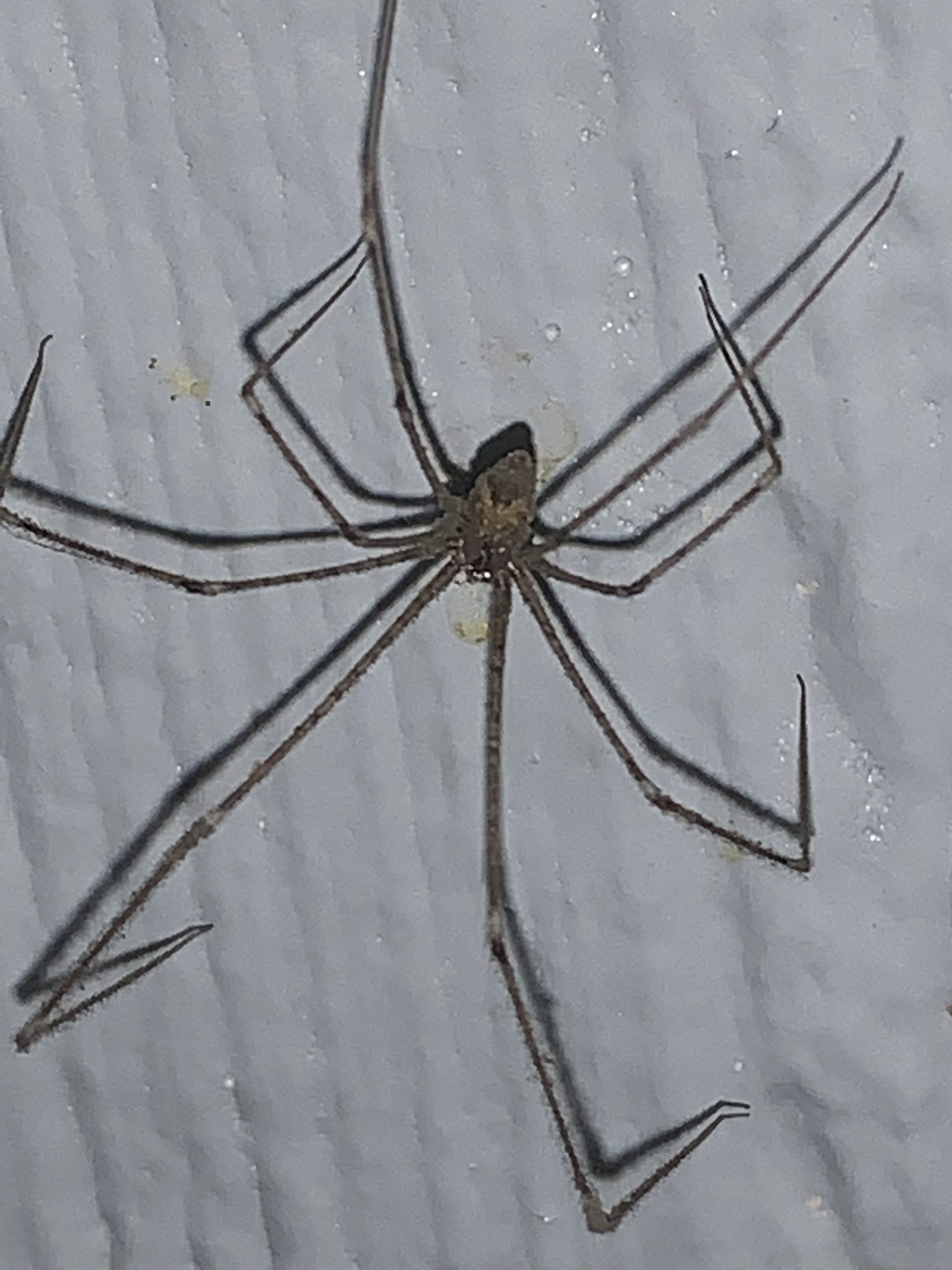

Normally, they simply hang up-side-down, waiting for insects to wander into their web. This behavior serves to disorient a predator or threat. The Long-bodied Cellar Spider can be seen bouncing on its own web to make itself harder to see by blurring itself to the observer. Daddy-Long-Legs is also used to refer to Harvestman, which are not spiders though they are still a part of the arachnid class. Thanks to its long, spindly legs, some call this spider a Daddy-Long-Legs. The rounded bottom and tapered waist could almost pass for the top of a skull and tapered jawline, giving rise to a second common name, Skull Spider. Once mature, the spider can live another two years.The elongated, tubular shape of the abdomen gave the Long-bodied Cellar Spider its common name. The spider reaches maturity in about a year.

The female spiders encase their eggs in silk webs where they are protected against spider predators.
#Cellar spiders skin#
Life Cycle & ReproductionĬellar spiders hatch from eggs, and when hatched, look like small adults who shed their skin as they grow. But, so do brown recluse spiders that undeniably bite humans. But, are the fangs too short to penetrate human skin? Cellar spiders do have short fangs, termed uncate by spider experts. There is no scientific based information to support the deadliness of their venom, so there is no reason to assume this is true. However, this has not detoured the existence of an urban myth indicating that cellar spider venom is among the most deadly in the world, but the length of the spider’s fangs are too short to deliver the venom during a bite.

Not a medically important spider, cellar spiders aren’t known to bite people. As the other spider attempts to catch and consume it, the cellar spider attacks the unsuspecting arachnid.Īlso known as vibrating spiders, cellar spiders utilize wobbly, vibrating movements to confuse predators and attackers. When food supplies in their environment are insufficient, these spiders travel to other webs and pretend to be trapped insects. Their diet consists primarily of insects, which they lure and trap within their webs before encasing them in cocoons. Like most other spiders, cellar spiders are highly adaptive and successful predators. They prefer to eat small moths, flies, mosquitoes and other insects or spiders that are found near their webs. Although their bites are harmless to humans, their webs are unsightly and profuse: unlike other spider species, cellar spiders prefer to live within close proximity to one another, creating troublesome communities within human dwellings. The web of the cellar spider is irregular, with no discernable pattern. Male and female cellar spiders may be found in climate-controlled structures year round. The cellar spider is often found in damp locations like basements, crawl spaces and cellars, which is how it got its common name. Because of their long legs, cellar spiders are often mistaken for daddy longlegs. The most common Phlocidae in the United States is the long-bodied cellar spider. There are two groups of cellar spiders, the long-bodied cellar spiders that have legs up to two inches long and the short-bodied cellar spiders whose legs are about ½ inch long. Legs: Like all spiders, they have eight legs. Body: Cellar spiders have small bodies with long, thin legs.Ĭolor: Cellar spiders are tan or gray in color.


 0 kommentar(er)
0 kommentar(er)
